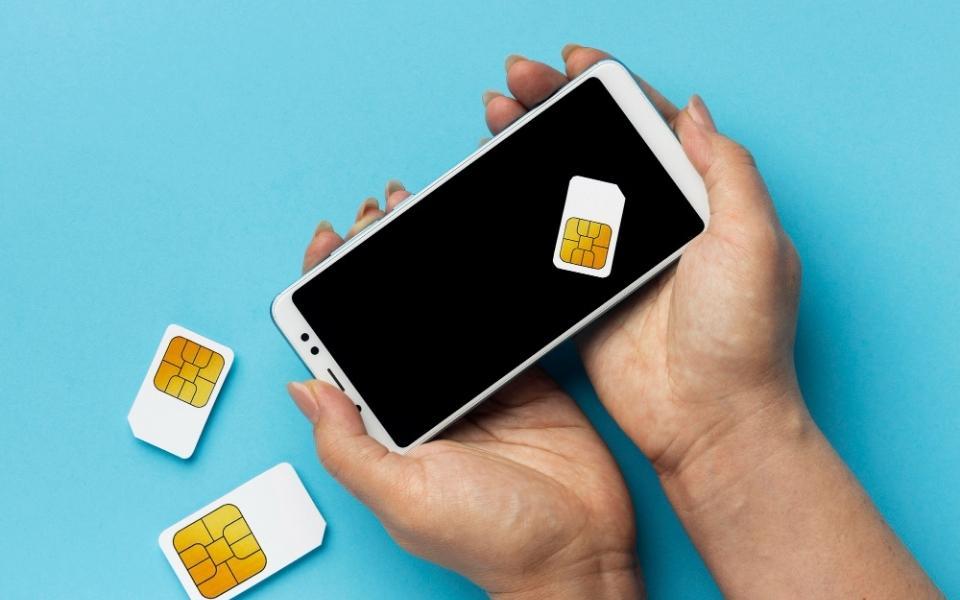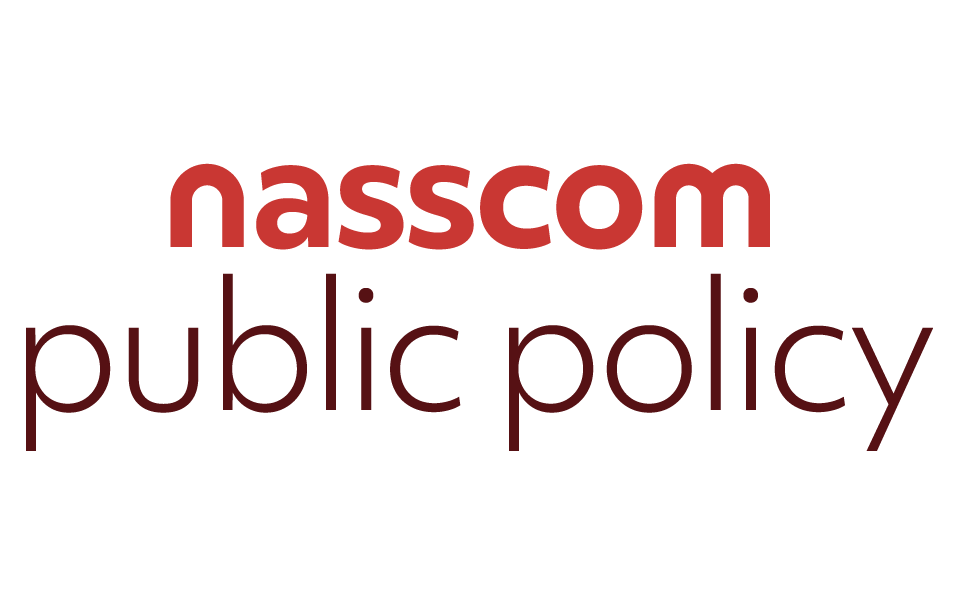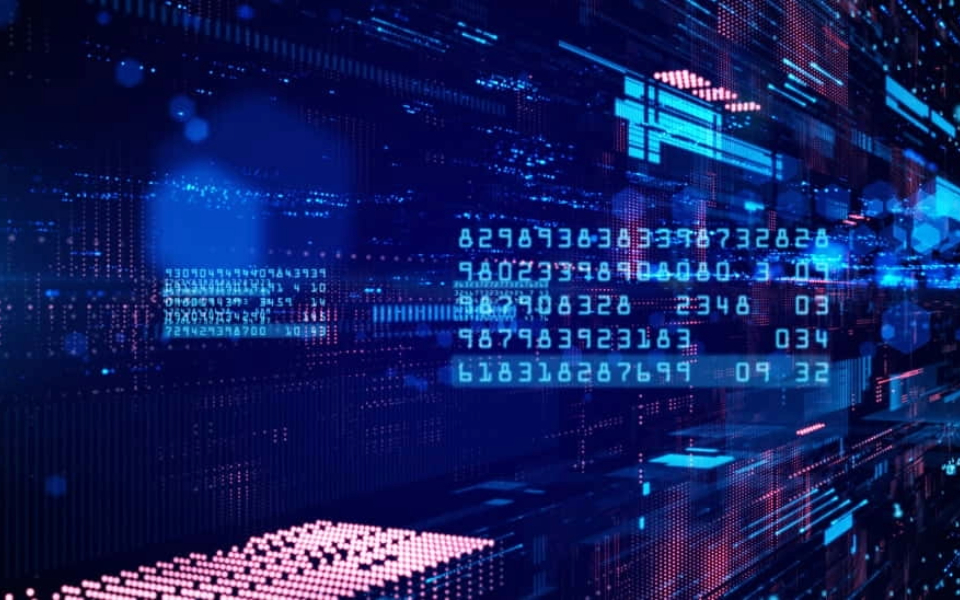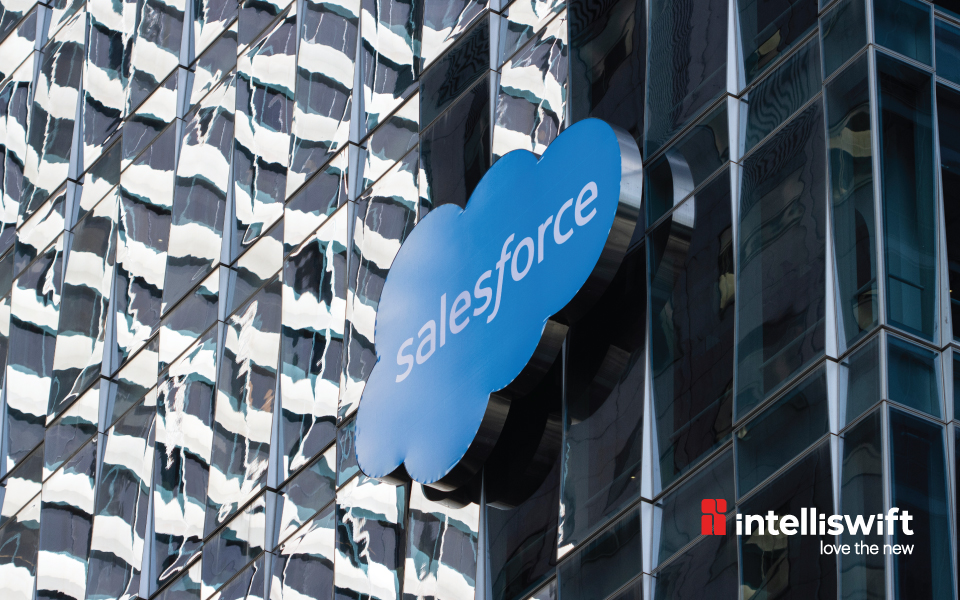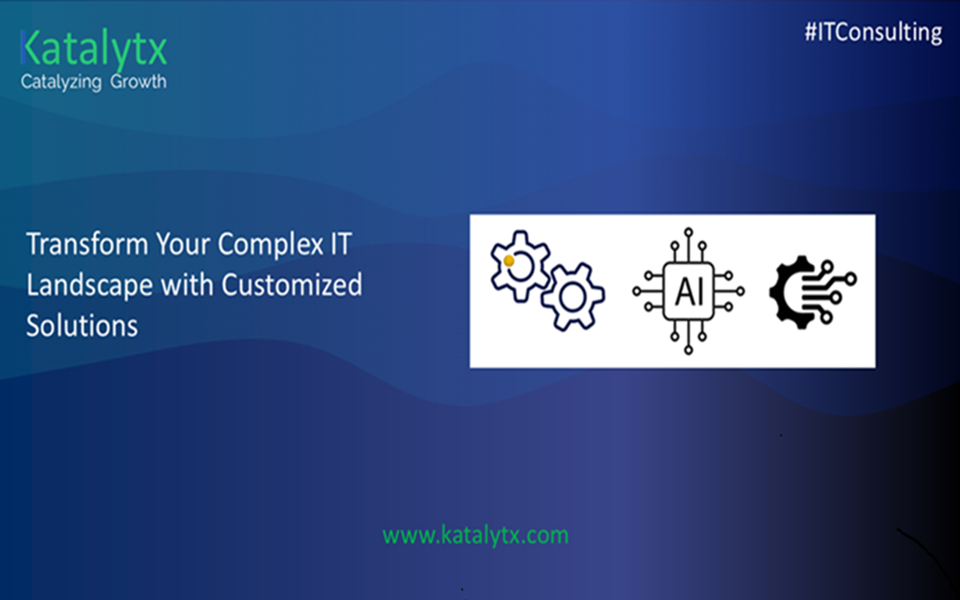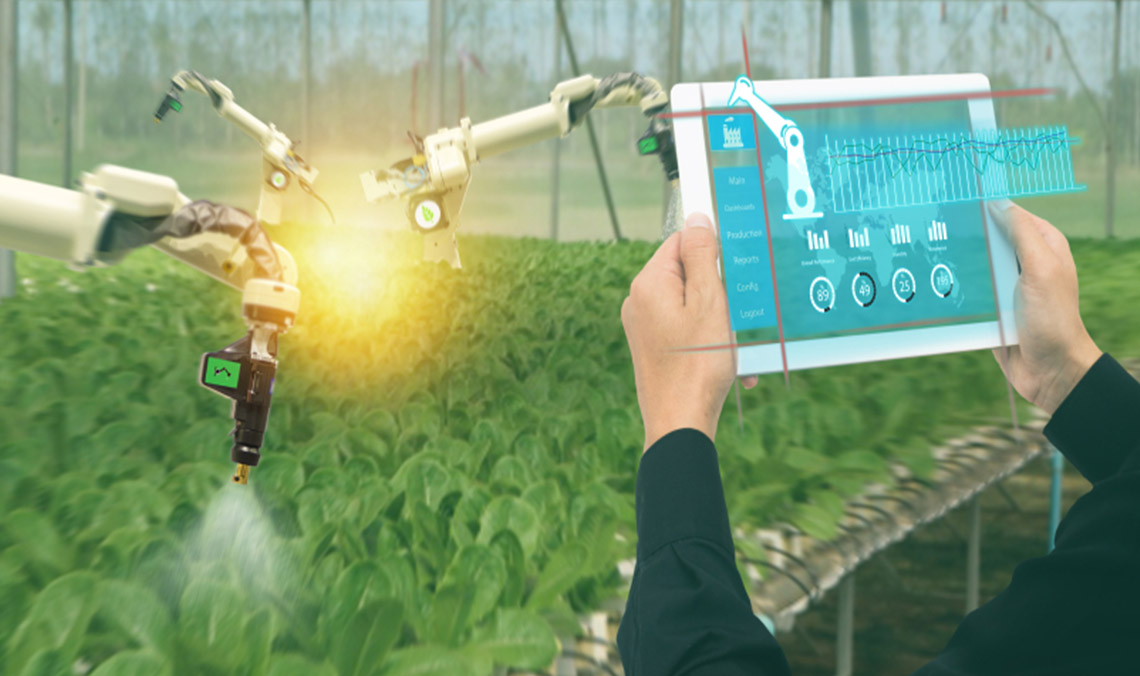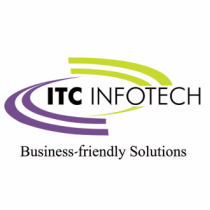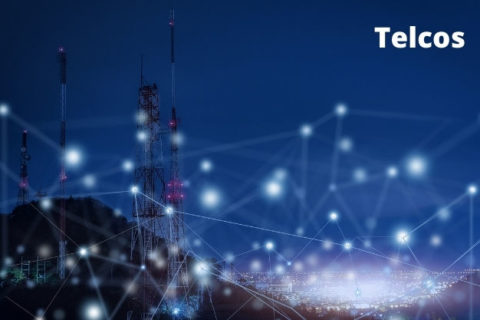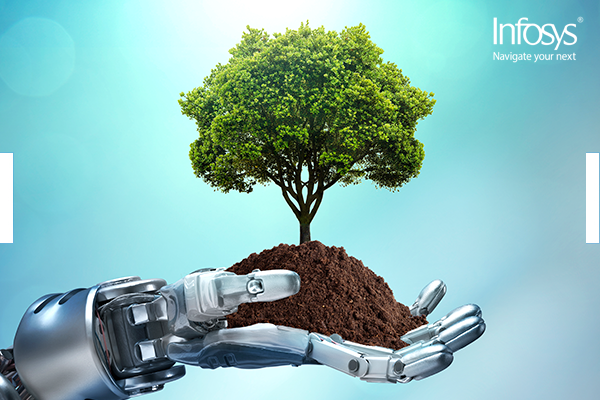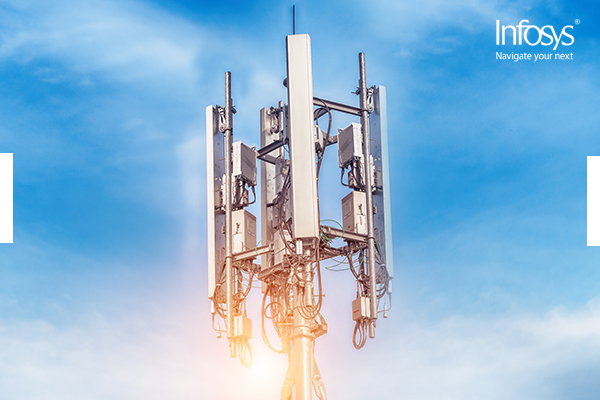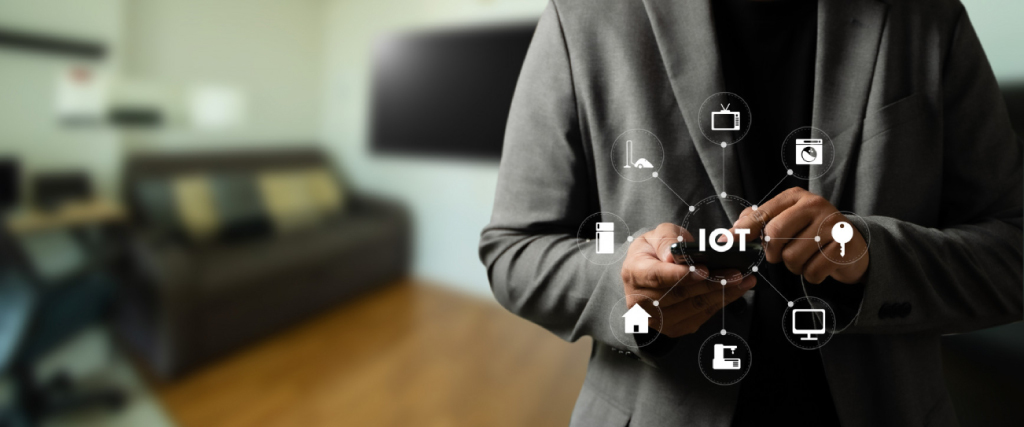1.0 Introduction
IoT or Internet of things is literally connecting people as well as machines. Certainly, 5G will work 10 times faster than the present LTE networks making communication faster than ever. There are 4 major components of IoT – Devices, Connectivity, Data processing and the User Interface (UI). There is a rapid technological enhancement of ‘The Internet of Things’ (IoT) ecosystem as now literally the device has become the network with the number of connected devices set to shoot up drastically in the next few years. Multiple number of factors are contributing to this growth and one of the most important factor will be the fast deployment of 5G networks creating high impacts on how humans live, work and play across the globe.
Improvements driven by 5G will largely help to process huge volumes of data in real time which is not practically possible with any other technology.
5G facilitates higher data speeds and thus will allow connected IoT devices to communicate and share data at higher speeds, 5G enables increase in connection density which will allow more devices to connect and efficient signalling for IoT connectivity.
Other 5G benefits relevant to IoT include ultra low latency (as low as upto 1 ms), more reliability, massive network capacity, increased availability, and a more uniform user experience as 5G creates more stable connections. Having a reliable and stable network facilitates IoT devices to be used in real-time applications like surveillance, healthcare, marine survey etc.
Thus, 5G has benefited the IoT ecosystem with an unmatched combination of high speed, bandwidth, low latency, and increased efficiency.
The main 5G new use cases benefiting IoT are:
Ultra Reliable Low Latency (URLL)
Latency measures the time taken for a signal to go from its source to its receiver and vice versa. 5G latency acts faster than human visual processing making it possible to control devices remotely at a real-time. URLL capabilities will bring in a large number of benefits including robotic surgeries
Enhanced Mobile Broadband (eMBB)
With respective to current mobile broadband services, eMBB tends to provide faster data rates and hence avails a better user experience for the customer. As per the need of the hour, it will enable high speed and high quality of service (QoS), and will be useful again for various IoT applications
Massive Machine Type Communications (mMTC)
MTC is a communication module where a number of devices or ‘things’ are linked to the Internet or directly connected to communicate with each other with little or without any human intervention. In the world of 5G, brand new applications are developed for MTCs that serves a large number of ‘things’, introducing the so-called massive MTC (mMTC),
mMTC ensures that 5G connected IoT devices utilise low power and data. If devices consumed heavy power & guzzled data then costs would be prohibitive& battery life less, making things unviable. This is highly relevant to IoT devices in the Smart City, Smart Home, Smart Farm or Smart factory ecosystems.
2.0 5G and how it aids IoT
Due to ultra-low latency, supporting more IoT connected devices and mMTC giving streamlined support for M2M /IoT, 5G supports increased efficiency in a number of IoT applications including those listed below:
2.1 TELEMATICS RELATED APPLICATIONS
Vehicle tracking with streamlined IoT connectivity empowers logistics companies - 3PLs and 4PLs & delivery vehicles (including FMCGs, White goods, Food delivery aggregators) and cab companies/aggregators
- Connected Cars – Seamless low latency connectivity with other vehicles, network, infrastructure and the rest of the road ecosystem
- Telematics helps us to store, send or receive necessary information to control subjects like vehicles in motion with the capabilities of mobile devices. For example, if there is an IoT sensor/device in your automobile which is connected to your mobile, it is capable of analysing speed, fuel, tire pressure etc. and can also send convenient alerts. This data can also help to supplement other alerts like weather and traffic conditions making driving safer. Other intuitive features are also provided to your vehicle by IoT devices.
2.2 TELEMETRY APPLICATIONS
- Temperature monitoring in railroad networks can be executed by using 5G enabled mobile telemetry that will help the railway station masters to create safer routes for the trains to avoid several accidents (rail lines expand and contract based on harsh weather conditions
- Smart meters help automate meter reading & fault tracking of various utilities like energy, water, gas and electricity. It makes meter reading less intrusive and less resource intensive at homes and other facilities alike. 5G improves performance of smart meters and facilitates faster power reconnection after outages
- Telemetry also provides data to utilities. Potentially people can be held accountable and charged extra if they are using more than normal amount of energy (e.g. industrial consumption vs residential consumption)
- By studying numerous data patterns regularly, power utilities can also suggest consumers to make changes in order to reduce power consumption and bills. This will help to manage the increasing demand and support the power grid.
- 5G based IoT sensors can be connected to the utility consumer portal, where customers can switch off their gadgets/power supply remotely in case they forget to do so while leaving their homes.
2.3 SMART GRID AUTOMATION
- 5G allows us to automate the smart electricity grid which is one of the fastest growing technologies and is highly effective to the traditional electric grid. Consumers can get reliable services as facilitated by telemetry and AMI using IoT devices, smart grid technology provides easy integration and is a self-sufficient network system used to control, analyse and monitor challenges that promises safe and quality electricity to all
- It incorporates live management of hybrid electric systems where faults can be detected/predicted & solutions can be provided rapidly as it combines smart electrical network and digital communication technology to achieve a modernized smart grid.
2.4 REMOTE SURVEILLANCE
- Remote video surveillance on 5G network with IoT sensors can be used to monitor facilities and production lines and high security areas aided by ultra HD video. Video Analytics is supported by 5G sensors and the low latency high speed transmissions. Hence, IoT sensors send real time alerts when any intrusion, vandalism or suspicious movements are detected.
2.5 SMART TRAFFIC MANAGEMENT
- 5G enables Intelligent Transportation – IoT sensors collect real time data from the vehicles and infrastructure in the road and gives timely alerts as the traffic cabinets integrates these systems at respective intersections of city streets. Making use of these systems on a day-to-day basis can create cost savings, system reliability, traffic safety and flow.
- The smart traffic management module systems are equipped with IoT sensors, cameras, cellular routers and automation with full deployment of 5G networks.
2.6 MANUFACTURING APPLICATIONS
- 5G in combination with IoT can be used for Process automation, predictive analytics for repairs via remote monitoring at production floors which helps to turn workflows into instrumented, data collecting, digital processes while integrating operators, machines and sensors to reach the desired business goals.
- AR repairs, Collaborative Robotics, Precision mining, smart manufacturing use cases like SCADA automation are some illustrative use-cases of how IoT benefits from 5G and its low latency high speed and HD video streaming features.
2.7 MEDICAL APPLICATIONS
- Low latency Ultra HD video streaming between ambulances connected to hospitals using IoT sensors can help monitor patients in transit and prepare hospitals for treatment immediately.
- Smart wearable and sensors embedded in healthcare systems can help keep constant communication with the physician during the surgeries and patients can get treated sooner which is otherwise not accessible manually.
- Robotic surgeries are aided by the low latency features of 5G and IoT sensors too.
2.8 SMART AGRICULTURE and Dairy farming
- Smart agriculture is expanding massively with the help of several technologies like IoT, robotics, drones and AI to help increase the quality and quantity of farms. IoT sensors across a farm measures real time data like soil moisture, fertiliser, pesticide and other chemical levels while optimizing the human labour required in production.
- Milk yield, livestock health and livestock field is also monitored by IoT sensors who also monitor agricultural vehicles and weather data remotely with data alerts provided to the farmer making farming processes data-driven and data-enabled.
- 5G and IoT ensures farmers can monitor their fields’ conditions without physical presence and in turn making strategic decisions.
2.9 SMART CITIES and SMART HOMES
Smart cities effectively utilise 5G technology and IoT sensors to collect real-time data and to detect demand patterns, develop and deploy faster and low cost solutions. Similarly IoT sensors in household appliances, thermostats, lights and other devices allows residents to control them effectively via 5G connected smart-phones or tablets . The Ultra low latency feature of 5G gives a near real time experience to Smart City and Smart home applications.
3.0 Conclusion
The combination of 5G network & IoT devices will usher in a new era of connectivity. It represents a significant transition in the IoT ecosystem ensuring greater speeds, lower latency rates, more reliability, an uniform user experience and extraordinary efficiency and will contribute to making technology related applications better ,more convenient and more cost effective.
Author: Shamik Biswas
Head Marketing, Plintron
www.plintron.com
https://plintron.com/solutions-for-iot/




